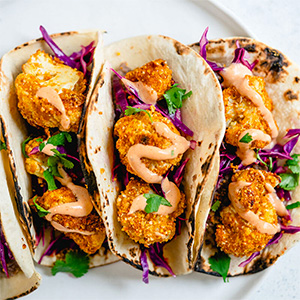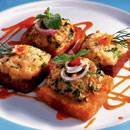Recipes
/Home & Leisure

The 15 best dishes we ate in 2024, from shrimp cocktail to space bread
It’s that time of year, when a food writer looks back on a sea of empty plates and thinks about what was once on them.
In my case, as food editor at Bloomberg Pursuits, the big and small plates represent hundreds of meals across the globe and more calories than anyone wants to think about.
A best dish retrospective is also a good opportunity...Read more

Yes, you can take your cookies through a TSA checkpoint -- if they meet these requirements
PITTSBURGH — Pittsburgh is a city of cookie lovers.
As evidenced by the popular Facebook group The Wedding Cookie Table Community (which counts more than 325,000 members) and the dozens of entries to the Post-Gazette's 2024 Holiday Cookie Challenge, Western Pennsylvanians also like to bake the sweet treats — especially during the holidays �...Read more

EatingWell: This dish works as a starter or side to round out your meal
Serve these rich and tender mushrooms filled with panko breadcrumbs and Parmesan cheese alone as an appetizer or alongside anything from pork to fish. To ensure even cooking, look for mushrooms that are similar in size.
Panko-and-Parmesan-Crusted Mushrooms
Serves 10
Active Time: 30 minutes
Total Time: 55 minutes
1 1/2 pounds white or ...Read more

Environmental Nutrition: Keep it local for the holidays
The holidays are the season for gathering, giving, sharing meals, and, yes, shopping. Lots of shopping to make it all happen. This year, as you plan menus, decorations, and gifts, consider shopping locally and supporting local farmers and artisans.
There’s a cache of unexpected treasures in the offerings to be discovered in your community. ...Read more

Seriously Simple: This taste memory never gets old
Coffee cakes seem like a blast from the past. I don’t see them in bakeries much, even though they are a great choice for serving a group. The following cake has two layers: The bottom cake is enriched with sour cream for a fluffy interior, and the second layer is a crumbly sweet layer of crispy streusel.
This moist sour cream coffee cake is ...Read more

JeanMarie Brownson: Wrap up the year with a ragu recipe
On the last day of our family vacation, we dined at Last Chair Kitchen & Bar, a charming, rustic restaurant at the edge of Whitefish, Montana. We love their rendition of oysters Rockefeller made with oyster mushrooms rather than the slippery bivalve. Their local bison ragu over roasted spaghetti squash made it to our wish list of recipes to ...Read more
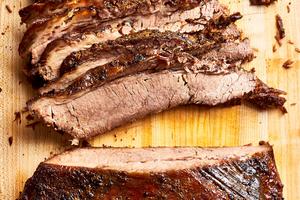
The Kitchn: When you can’t get to Texas, make this brisket instead
Beefy brisket is the king of Texas barbecue. Yes, Texas has smoked ribs and homeandleisure/recipes/varietymenu/s-3523397">Read more
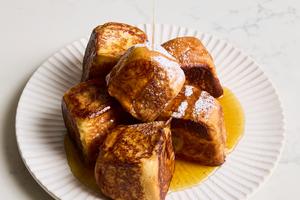
The Kitchn: The beloved ingredient that makes French toast 10 times better (and way easier!)
French toast is a breakfast classic— serve it with a platter of crispy bacon ...Read more
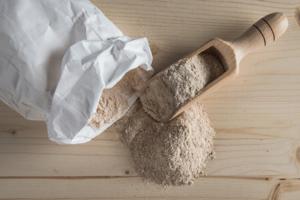
A dozen baking flours -- and how to use them
Christmas, Hanukkah and Kwanzaa are fast approaching, which means a whole lot of home cooks are going to be wrist deep in flour, sugar and butter to craft their favorites cakes, cookies, muffins, yeasted breads and pastries for the holidays.
Since most grocery stores have a dizzying number of flours to choose from, you might be wondering: Which...Read more
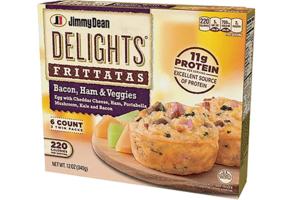
Best Bites: Jimmy Dean Delights Frittatas
Starbucks Egg Bites are all the rage right now. And why not? Eggs, whipped with your choice of flavors (sausage, bacon, gruyere, spinach) and baked in a muffin pan are healthy and delicious.
The are also expensive and require a trip to a Starbucks.
Jimmy Dean has created something similar in these frittatas. We tried the ham, broccoli and ...Read more
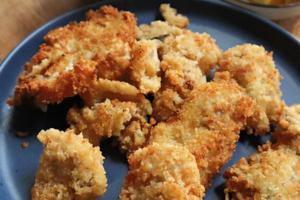
3 recipes for serving oysters at home
PITTSBURGH — Most people have pretty strong opinions on the foods they love, and are just as vocal about the ones they hate.
My husband, for instance, cannot stand black licorice while I would never eat an anchovy. (At least we agree on cilantro and blue cheese.)
When it comes to the most polarizing foods, one that heads the list is the ...Read more

Smooth operators: Pureed soups make elegant starters
Generally speaking, I'm a chunky chicken soup kind of person.
I like the hearty, stick-to-the-ribs quality of a good rough-hewn soup, and the contrast of textures and flavors of the broth and hunks of vegetable or meat or pasta. This extends to ramen or Korean hot pots, where the non-liquid elements outweigh the broth (though the broth is of ...Read more
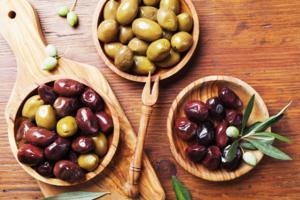
5 great appetizer recipes for party season
To say that entertaining can be stressful isn’t breaking news. There are so many decisions to make, starting long before the day of the event. At first, you’ll probably have a lot more questions than answers.
Those questions usually begin with the obvious: What’s the occasion? Who gets an invite? When and where will it happen? Will it be ...Read more

In season: Don't forget about the humble beet
Beets are divisive. To some, their earthy depth and sly sweetness are irresistible; to others, the root vegetable tastes like dirt.
"The beet is the most intense of vegetables," Tom Robbins writes in "Jitterbug Perfume."
"The radish, admittedly, is more feverish, but the fire of the radish is a cold fire, the fire of discontent, not of passion...Read more
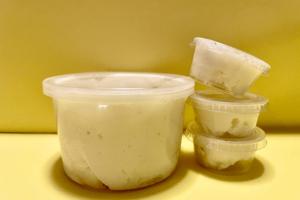
This condiment is the only sauce you'll need to hack the holidays
LOS ANGELES -- The condiment shelf in my refrigerator is a chaotic place. I am no Marie Kondo, but I could argue that each jar, squeeze bottle and tube sparks real joy.
My bottle of Kewpie shares real estate with a 64-ounce jar of Best Foods. There are about eight bottles of chili crisp at any given time, plus Fly by Jing's chili crisp ...Read more

Cooking the 12 gifts of Christmas
On the first day of Christmas, my true love gave to me a partridge in a pear tree.
So naturally I made a pan-roasted partridge — pan-roasted, so I could baste it in butter while it cooked — with a light salad of sliced pears (from the pear tree) with endive and a simple lemon vinaigrette.
I’ve never actually eaten partridge, but the ...Read more

'Fruitcake is having a moment:' Johnny Carson's pointed jokes set the industry back, but this holiday tradition is making a triumphant return
It was around Christmas in 1989, when Johnny Carson held a small box up to the “Tonight Show” cameras.
“What do you think this weighs?” Carson said, his wrist bending from the weight. “It’s only a small box. But it weighs about 2 pounds.”
It was a holiday fruitcake, but it might as well have been a magic pistol, about to fire a ...Read more
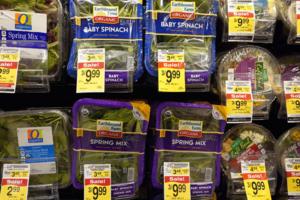
US food date labels are broken. The government is trying to fix them
There’s a good chance that you or someone you know has trashed perfectly good food over confusion about date labels. Now, the U.S. government is looking for a fix.
A group of four federal agencies, including the Food and Drug Administration, announced last week that it is requesting information from the food industry on labeling practices ...Read more

The real threat to food security
Like many other farm families, my family rents out some of our land to help pay the bills. Usually, when this happens, we can rest assured about two things: first, that someone will rent from us; and second, they will pay more year after year.
Farmland rents have risen steadily over the years, increasing 3.2% per acre over the last year alone.�...Read more
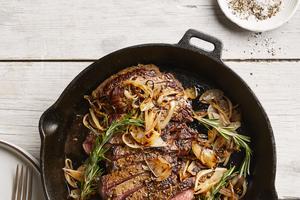
EatingWell: Here’s the secret to the best steak you’ll ever make
Master the perfectly seared sirloin steak with this easy method, while playing with fresh herbs to enhance the flavor. The key to success: letting the meat come to room temperature before adding it to the pan to ensure it cooks evenly. Rosemary and garlic give it an irresistible herby finish. For the best results, let the steak rest before ...Read more
